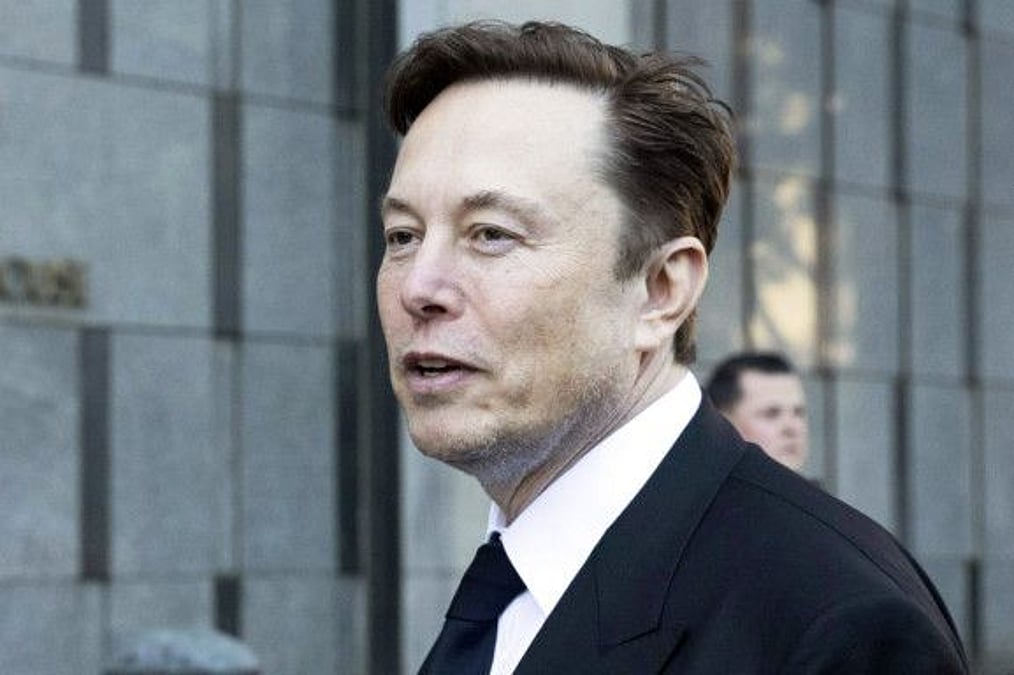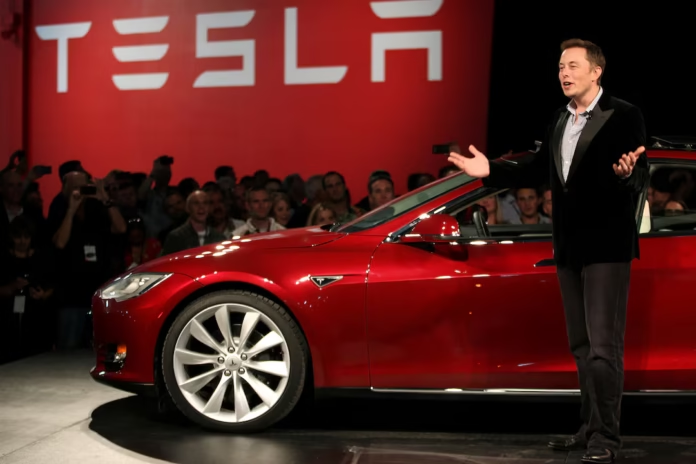Tesla Surpasses Wall Street Forecasts with Record Deliveries
Tesla has once again made headlines by achieving record-breaking deliveries in the third quarter of 2025. The electric vehicle manufacturer announced it delivered 497,099 cars during the period, shattering Wall Street expectations that predicted between 439,000 and 448,000 deliveries. The result marks a 7.4% increase compared to the 462,890 units delivered in the same quarter last year.
This impressive performance comes after Tesla faced two consecutive quarters of declining deliveries earlier in 2025. Analysts are calling it a strong comeback that reestablishes Tesla’s dominance in the electric vehicle (EV) sector.
Federal Tax Credit Fuels Demand

Industry experts attribute much of Tesla’s surge to the expiring U.S. federal EV tax credit. The $7,500 incentive ended on September 30, prompting a rush among buyers eager to benefit before the deadline. Reports indicate that more than 90% of Tesla’s delivery growth was driven by this incentive.
The Model 3 and Model Y, Tesla’s best-selling vehicles, dominated the quarter with 481,166 units delivered, reflecting a 9.4% year-over-year rise. Beyond vehicles, Tesla also set a record in its energy division, deploying 12.5 gigawatt-hours (GWh) of storage products, almost double the 6.9 GWh recorded in the same quarter of 2024.
Production Declines Despite Delivery Boom

While deliveries soared, Tesla’s production numbers told a different story. The company reported manufacturing 447,450 vehicles in Q3, a 4.8% decline compared to last year. Analysts suggest that Tesla tapped into its existing inventory to satisfy the last-minute surge in demand, hinting at potential production constraints in the coming quarters.
Elon Musk Crosses $500 Billion Net Worth
The delivery milestone also coincided with Tesla CEO Elon Musk briefly surpassing $500 billion in personal wealth, according to Forbes’ Real-Time Billionaires tracker. Although his net worth closed slightly lower at $499.1 billion by market close, Musk remains firmly ahead of Oracle co-founder Larry Ellison, who is now over $150 billion behind.
This landmark makes Musk the first person in history to reach the half-trillion-dollar mark, underlining his extraordinary influence in the technology and automotive industries.
Tesla’s Market Value Pushes Higher
Following the delivery announcement, Tesla’s stock price rose by 3–4%, lifting the company’s market capitalization above $1.5 trillion. The stock has nearly doubled since Musk announced he would step back from overseeing the Department of Government Efficiency, a move that reassured investors about his renewed focus on Tesla.
Market analysts suggest that if the momentum continues, Musk could potentially become the world’s first trillionaire by 2033. This timeline aligns with Tesla’s ambitious $1 trillion compensation plan, which would award Musk up to 12% of the company’s shares if certain performance goals are achieved over the next decade.
What This Means for Tesla and the EV Industry
Tesla’s record-breaking quarter is seen as a strong signal for the electric vehicle industry as a whole. The company’s ability to meet soaring demand, despite production challenges, demonstrates the resilience of the EV market amid rising global competition.
Industry observers note that while the federal tax credit deadline created a short-term spike, Tesla must now focus on maintaining consistent demand without government incentives. Competitors such as BYD, Rivian, and traditional automakers expanding into EVs are also intensifying the race.
Conclusion
Tesla’s third-quarter results highlight the company’s continued ability to defy expectations and set new records. From delivering nearly half a million vehicles in just three months to Elon Musk achieving a historic $500 billion net worth, Tesla remains at the forefront of the global EV revolution.
Looking ahead, the company faces the dual challenge of sustaining delivery momentum and ramping up production to match demand. With Musk’s wealth and Tesla’s market cap both reaching new milestones, the next few years could define whether Tesla cements its dominance—or faces stronger challenges from a rapidly evolving industry.

